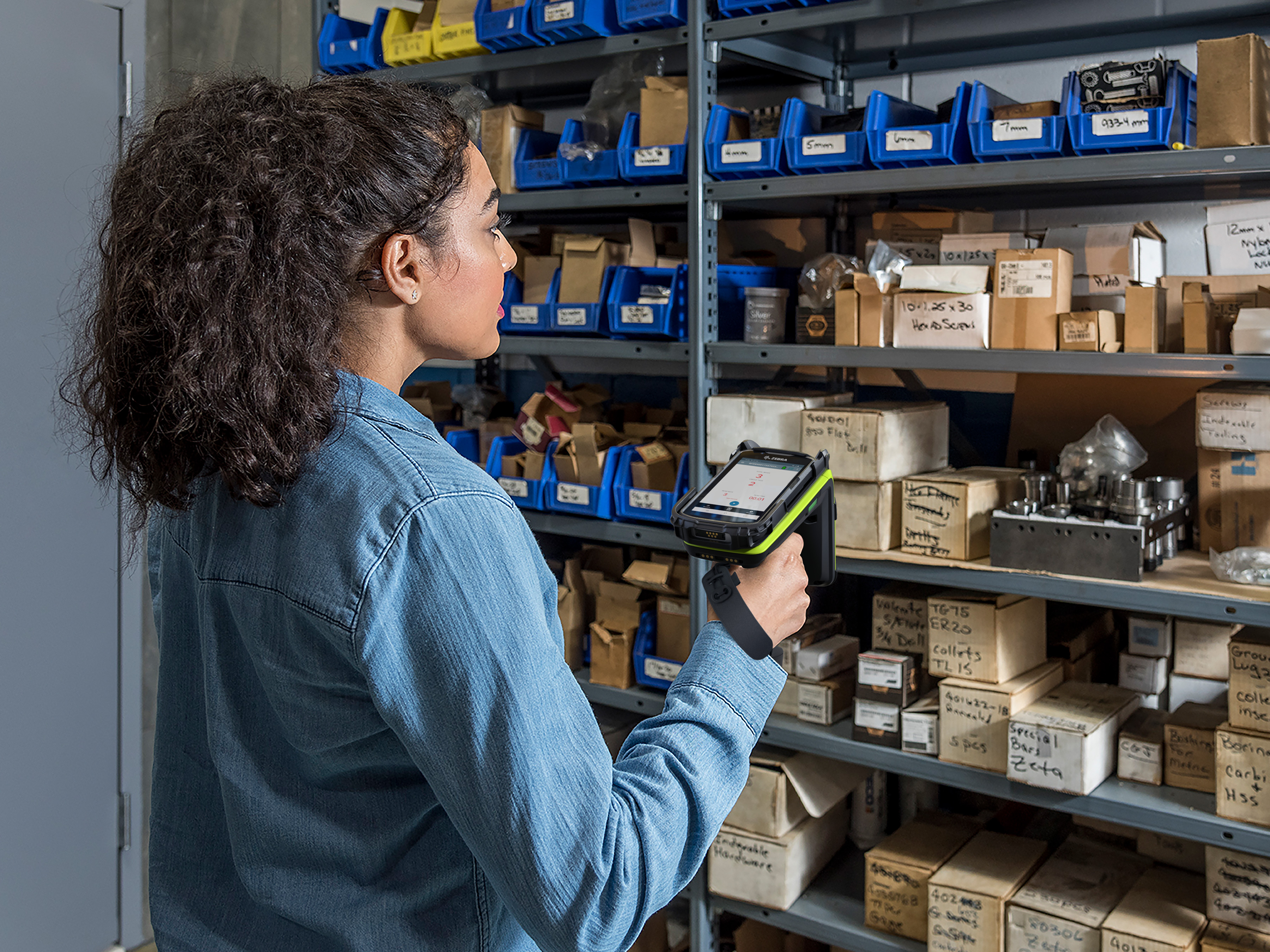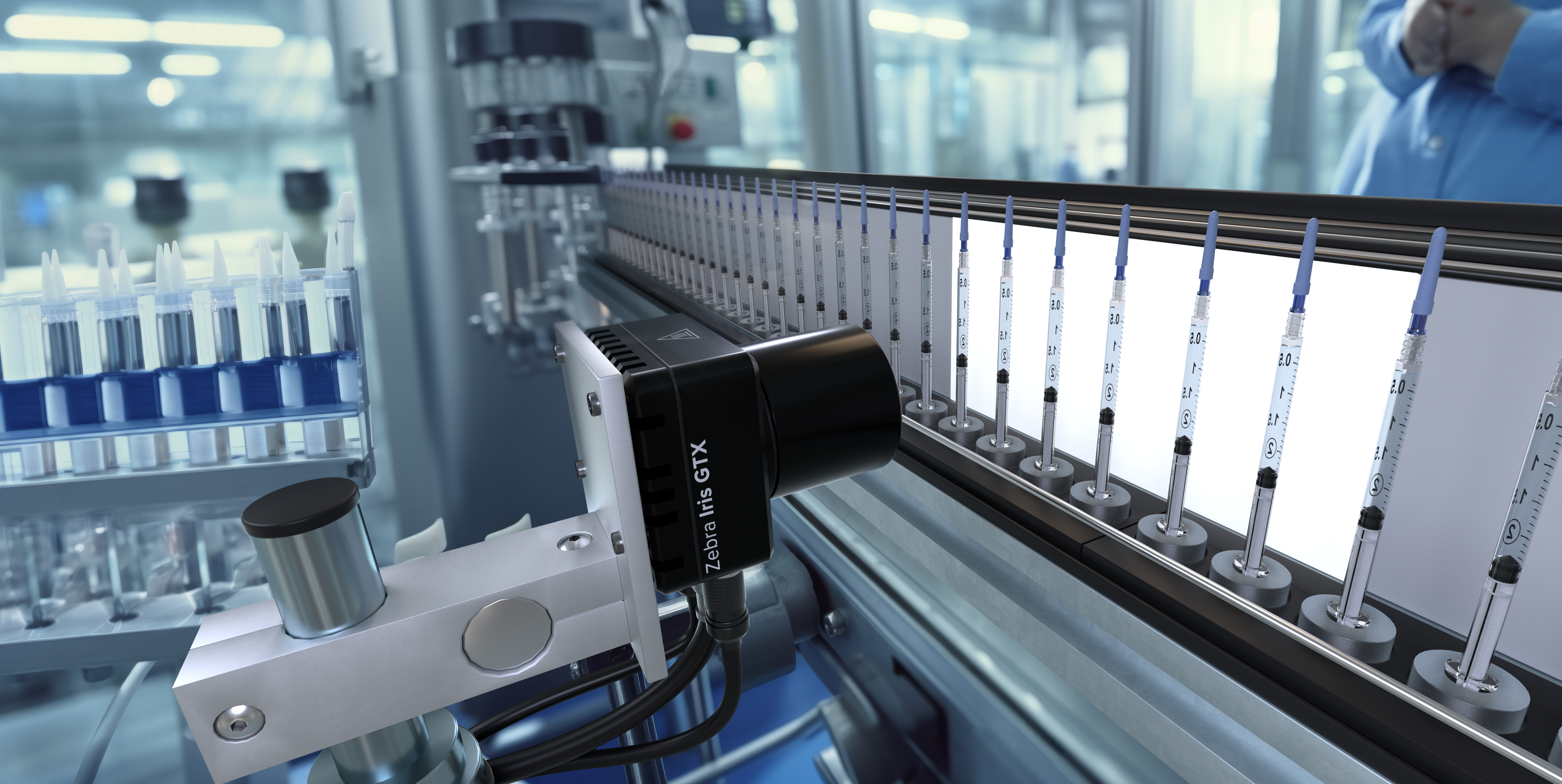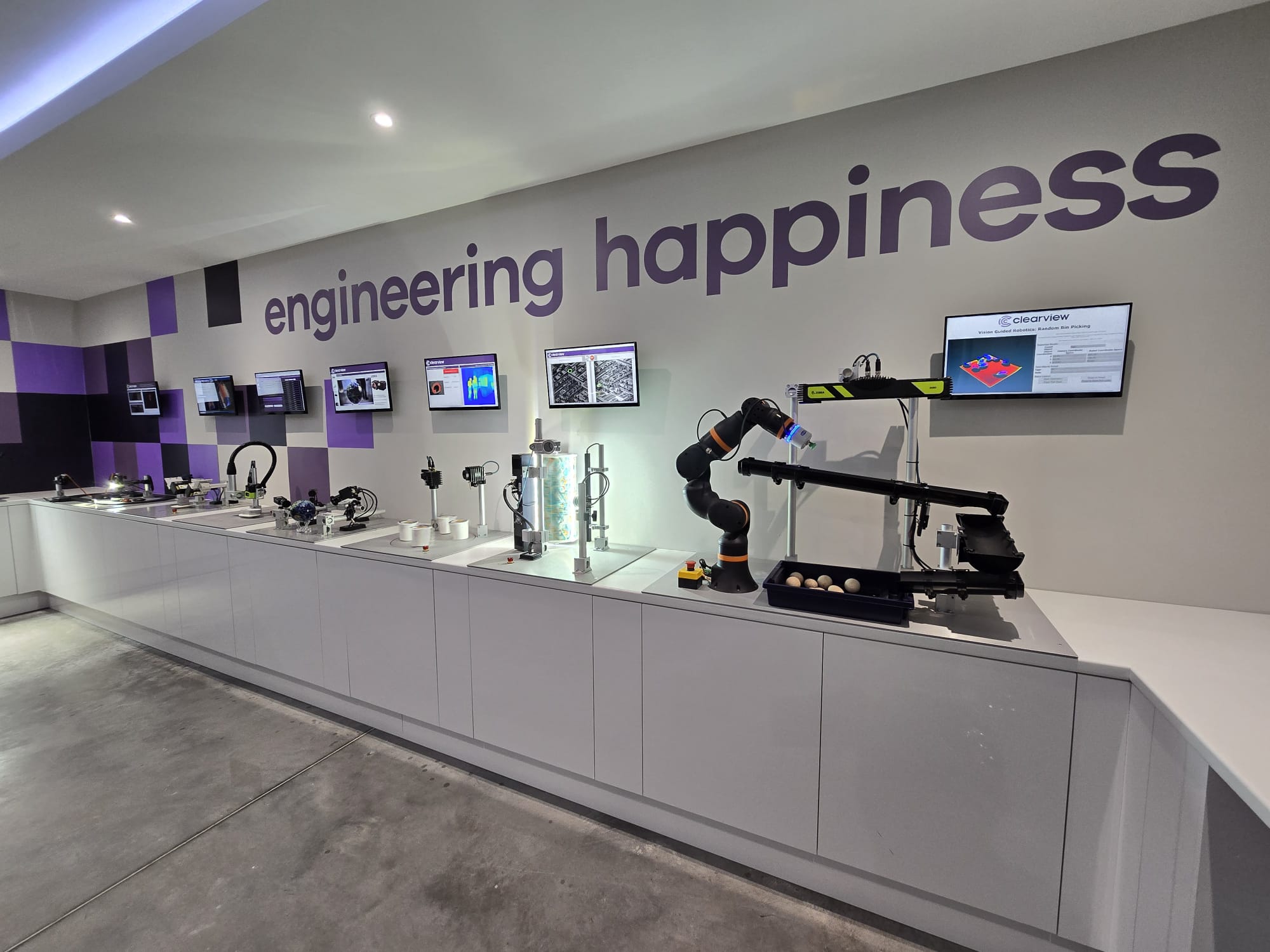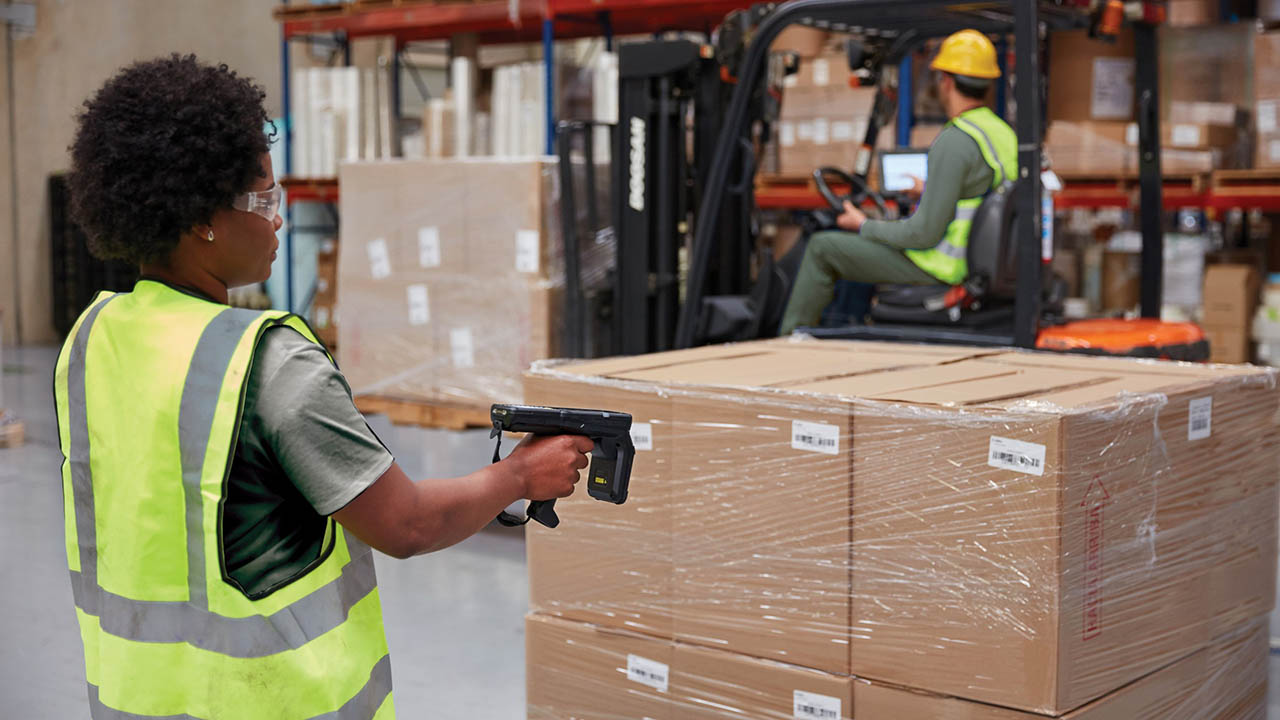Transform retail operations with Zebra’s retail technology solutions, featuring hardware and software for improving inventory management and empowering teams.
Streamline operations with Zebra’s healthcare technology solutions, featuring hardware and software to improve staff collaboration and optimize workflows.
Enhance processes with Zebra’s manufacturing technology solutions, featuring hardware and software for automation, data analysis, and factory connectivity.
Zebra’s transportation and logistics technology solutions feature hardware and software for enhancing route planning, visibility, and automating processes.
Learn how Zebra's public sector technology solutions empower state and local governments to improve efficiency with asset tracking and data capture devices.
Zebra's hospitality technology solutions equip your hotel and restaurant staff to deliver superior customer and guest service through inventory tracking and more.
Zebra's market-leading solutions and products improve customer satisfaction with a lower cost per interaction by keeping service representatives connected with colleagues, customers, management and the tools they use to satisfy customers across the supply chain.
Empower your field workers with purpose-driven mobile technology solutions to help them capture and share critical data in any environment.
Zebra's range of Banking technology solutions enables banks to minimize costs and to increase revenue throughout their branch network. Learn more.
Zebra's range of mobile computers equip your workforce with the devices they need from handhelds and tablets to wearables and vehicle-mounted computers.
Zebra's desktop, mobile, industrial, and portable printers for barcode labels, receipts, RFID tags and cards give you smarter ways to track and manage assets.
Zebra's 1D and 2D corded and cordless barcode scanners anticipate any scanning challenge in a variety of environments, whether retail, healthcare, T&L or manufacturing.
Zebra's extensive range of RAIN RFID readers, antennas, and printers give you consistent and accurate tracking.
Choose Zebra's reliable barcode, RFID and card supplies carefully selected to ensure high performance, print quality, durability and readability.
Zebra's location technologies provide real-time tracking for your organization to better manage and optimize your critical assets and create more efficient workflows.
Zebra's rugged tablets and 2-in-1 laptops are thin and lightweight, yet rugged to work wherever you do on familiar and easy-to-use Windows or Android OS.
With Zebra's family of fixed industrial scanners and machine vision technologies, you can tailor your solutions to your environment and applications.
Zebra’s line of kiosks can meet any self-service or digital signage need, from checking prices and stock on an in-aisle store kiosk to fully-featured kiosks that can be deployed on the wall, counter, desktop or floor in a retail store, hotel, airport check-in gate, physician’s office, local government office and more.
Adapt to market shifts, enhance worker productivity and secure long-term growth with AMRs. Deploy, redeploy and optimize autonomous mobile robots with ease.
Discover Zebra’s range of accessories from chargers, communication cables to cases to help you customize your mobile device for optimal efficiency.
Zebra's environmental sensors monitor temperature-sensitive products, offering data insights on environmental conditions across industry applications.
Enhance frontline operations with Zebra’s AI software solutions, which optimize workflows, streamline processes, and simplify tasks for improved business outcomes.
Zebra Workcloud, enterprise software solutions boost efficiency, cut costs, improve inventory management, simplify communication and optimize resources.
Keep labor costs low, your talent happy and your organization compliant. Create an agile operation that can navigate unexpected schedule changes and customer demand to drive sales, satisfy customers and improve your bottom line.
Drive successful enterprise collaboration with prioritized task notifications and improved communication capabilities for easier team collaboration.
Get full visibility of your inventory and automatically pinpoint leaks across all channels.
Reduce uncertainty when you anticipate market volatility. Predict, plan and stay agile to align inventory with shifting demand.
Drive down costs while driving up employee, security, and network performance with software designed to enhance Zebra's wireless infrastructure and mobile solutions.
Explore Zebra’s printer software to integrate, manage and monitor printers easily, maximizing IT resources and minimizing down time.
Make the most of every stage of your scanning journey from deployment to optimization. Zebra's barcode scanner software lets you keep devices current and adapt them to your business needs for a stronger ROI across the full lifecycle.
RFID development, demonstration and production software and utilities help you build and manage your RFID deployments more efficiently.
RFID development, demonstration and production software and utilities help you build and manage your RFID deployments more efficiently.
Zebra DNA is the industry’s broadest suite of enterprise software that delivers an ideal experience for all during the entire lifetime of every Zebra device.
Advance your digital transformation and execute your strategic plans with the help of the right location and tracking technology.
Boost warehouse and manufacturing operations with Symmetry, an AMR software for fleet management of Autonomous Mobile Robots and streamlined automation workflows.
The Zebra Aurora suite of machine vision software enables users to solve their track-and-trace, vision inspection and industrial automation needs.
Zebra Aurora Focus brings a new level of simplicity to controlling enterprise-wide manufacturing and logistics automation solutions. With this powerful interface, it’s easy to set up, deploy and run Zebra’s Fixed Industrial Scanners and Machine Vision Smart Cameras, eliminating the need for different tools and reducing training and deployment time.
Aurora Imaging Library™, formerly Matrox Imaging Library, machine-vision software development kit (SDK) has a deep collection of tools for image capture, processing, analysis, annotation, display, and archiving. Code-level customization starts here.
Aurora Design Assistant™, formerly Matrox Design Assistant, integrated development environment (IDE) is a flowchart-based platform for building machine vision applications, with templates to speed up development and bring solutions online quicker.
Designed for experienced programmers proficient in vision applications, Aurora Vision Library provides the same sophisticated functionality as our Aurora Vision Studio software but presented in programming language.
Aurora Vision Studio, an image processing software for machine & computer vision engineers, allows quick creation, integration & monitoring of powerful OEM vision applications.
Adding innovative tech is critical to your success, but it can be complex and disruptive. Professional Services help you accelerate adoption, and maximize productivity without affecting your workflows, business processes and finances.
Zebra's Managed Service delivers worry-free device management to ensure ultimate uptime for your Zebra Mobile Computers and Printers via dedicated experts.
Find ways you can contact Zebra Technologies’ Support, including Email and Chat, ask a technical question or initiate a Repair Request.
Zebra's Circular Economy Program helps you manage today’s challenges and plan for tomorrow with smart solutions that are good for your budget and the environment.
The Zebra Knowledge Center provides learning expertise that can be tailored to meet the specific needs of your environment.
Zebra has a wide variety of courses to train you and your staff, ranging from scheduled sessions to remote offerings as well as custom tailored to your specific needs.
Build your reputation with Zebra's certification offerings. Zebra offers a variety of options that can help you progress your career path forward.
Build your reputation with Zebra's certification offerings. Zebra offers a variety of options that can help you progress your career path forward.
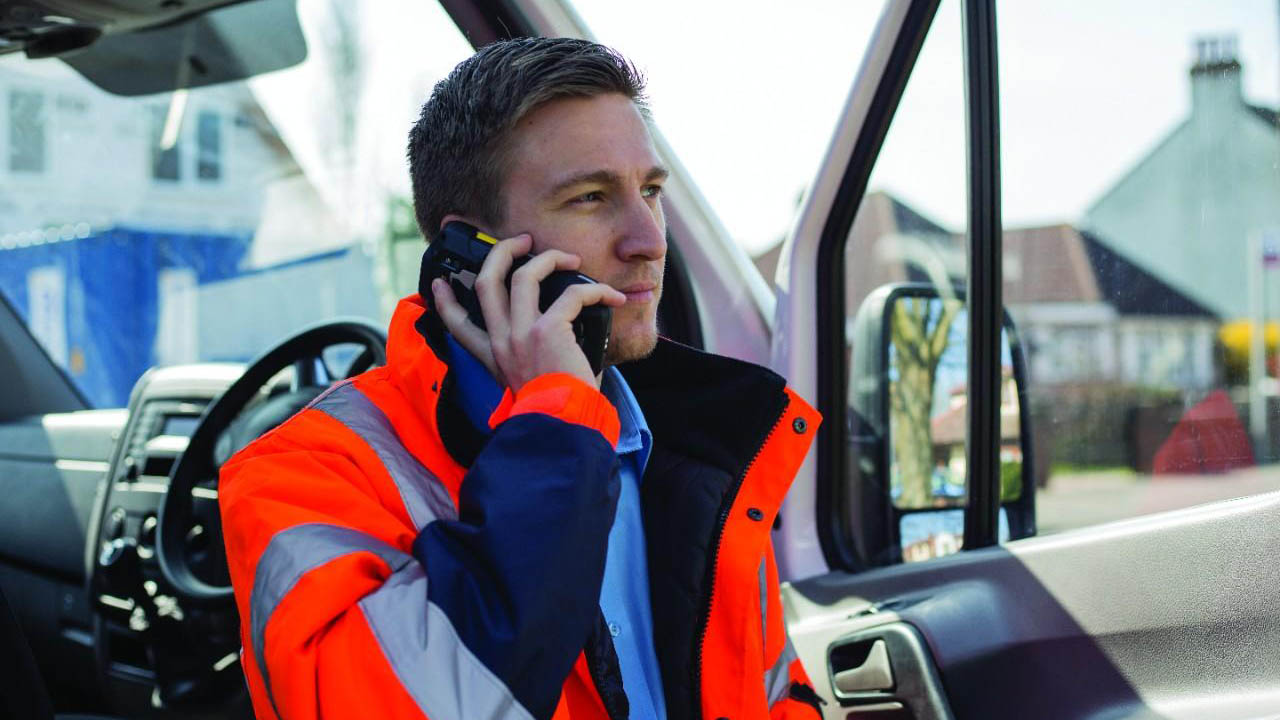
Want to Improve Your Postal Service Operations? Be More Proactive with Your Mobile Device Management
You can’t expect your postal workers to manage growing parcel volumes and customer expectations if their devices go offline or get left behind at the sorting facility. So, what are you doing to ensure they stay connected?
Editor's Note: This conversation was first started by John Wyer in 2021. Steve Mulroy picked it up in 2024 and added some new perspectives and recommendations for your consideration.
###
I know your mail carriers are probably using mobile devices for everything these days – or supposed to be, anyways. Yet, in speaking with them casually, they’ve expressed three concerns about their current mobile technology:
1. Outdated devices or software. Many carriers are working with old technologies that lack the communications and data capture toolset needed for real-time routing and reporting requirements.
2. Assumed reliability of new devices. Even with the latest devices in hand, things can go wrong, like a dead battery in the middle of a delivery round. It’s preventable, but often overlooked by those who aren’t in the field every day.
3. Tech preferences. Some carriers want to be able to connect their personal wearables for easier use while they’re on the move. They don’t like carrying them all day while they’re also trying to handle letters and parcels. Yet, they say they’re not allowed, which is frustrating and sometimes impacts device use.
Each of these scenarios presents a host of problems, many of which postal leaders are unaware of. Without the ability to monitor device utilization because you have no way of seeing what’s happening with that device unless a carrier reports an issue, then you have a bigger problem than just needing to fix or replace a tech tool.
At the highest level, you should…
1. Equip carriers with highly secure, well-connected, custom-accessorized mobile devices that strike a balance between ruggedness and consumer-friendly design. They must be lightweight yet durable enough to work well on snowy, rainy, and dusty days as well as they do on clear sunny days. They also need to work whether the carrier (or customers signing for the parcel) are wearing gloves, using a bare finger or holding a pen. To ensure comfort and efficiency, postal workers should be able to customize their setup with accessories like headphones for voice communications or wristbands to keep their hands free for scanning and delivering.
2. Integrate the right software to support both back end operations and frontline workers who need real-time guidance on delivery changes and status updates. If they need to receive and process payments on their route, they’re going to need a way to do mobile dimensioning and accept mobile payments.
3. Train carriers on how to use the devices and provide on-demand resources to help refresh their memories on new or less-frequently used features. It will help tech novices become more comfortable with the devices and drive greater adoption. It also helps to show them the self-diagnostic tools that are available should they suddenly lose a wireless signal or accidentally press the wrong button and change a setting.
4. Monitor device usage and performance. If you don’t know how or if your postal carriers are using their personal mobile devices, it will be hard to know there’s a problem, much less how to fix it. For every carrier who is not using a mobile device, there are countless customers left in the dark about their letters and parcels. So, if you’re not conducting daily wellness checks across your fleet, you'll remain stuck in reactive mode, watching your IT ticket queue—and costs—grow. A small issue can quickly escalate, turning a low-cost device into a high-expense problem. You'll face IT labor costs, potential device replacements, configuration expenses, and the potential revenue loss from missed packages or failed payments at pickup.
In my opinion, this last action item – centrally monitoring the usage and performance of every device in your fleet – is the most important. It’s how you control the amount of money you make, save, or lose as the result of your mobile technology spend.
If you can monitor which devices aren’t being used or charged properly, you can take proactive steps to get the situation sorted. Same goes with device performance. If you (or your IT team) are alerted to a potential battery, security, or connection issue early on, you can troubleshoot and resolve it before it becomes truly disruptive. Preventative device maintenance and management is always the best strategy, especially when those mobile devices are the only way you can:
· provide accurate navigation guidance based on real-time traffic, weather and operational factors.
· implement dynamic routing.
· communicate in-flight delivery changes to postal workers.
· enable real-time tracking for customers.
· execute doorstep services and mobile payments.
· facilitate voice communications between carriers, postmasters, and customer service teams.
· ensure first-time, on-time delivery for complete customer satisfaction.
· coordinate alternative pickup arrangements if first-time delivery fails.
On the other hand, if you have no visibility into what’s happening in the field or with that device, is that device really helping? Or did you just waste money buying something that’s never going to help you save, much less make, money?
So Many Regrets…So Much Time Spent Righting Wrong Decisions
I’ve spoken with several postal service providers who made the mistake of purchasing mobile devices based on price alone. Without a proactive support system from the manufacturer, they were left to troubleshoot on their own. As a result, postal carriers had to work offline or use unsecure personal devices that were unable to take payments in the field or access mobile dimensioning tools to properly process parcels they were picking up.
To make matters worse, these postal service providers learned the hard way just how much money and time they lost from having to replace devices they couldn’t get fixed. Even though some had a full-coverage warranty plan for a 1:1 device replacement, they had to bring someone in to configure and administer each new device once received.
They also had to jump through hoops to get the device ‘cleared’ for replacement, often sending it into a service center first. Since the device couldn’t be repaired, they had to then wait for replacements or fork out extra money to buy spares just in case things like this happened because, as I’ve already mentioned, letting a postal worker go even a day without a mobile device in hand was equally expensive.
So, I encourage you to explore the benefits you’ll get from a proactive managed services solution (that can integrate with your enterprise mobility management/mobile device management dashboard, if desired). Then weigh them against the benefits and risks of sticking with a more reactive device management approach. Talk to other companies about their experience with different types of device management solutions, particularly end-to-end managed service models. Ask for their honest feedback:
- Did they get the ROI they expected?
- Were they able to reduce device losses and failures?
- Do they see better cost containment after deployment?
- Was the user experience improved through proactive device management?
- Did they have access to end-to-end services and support, including application testing and validation, OS and security management, intelligent/proactive analysis and reporting, and training?
- Could they – and their end users – access a helpdesk 24/7?
- Did the managed services provider also offer a fully integrated mobile management platform and back-end repair infrastructure?
Getting answers to these questions will help you weigh your options and ensure you are making the right choice for your business.
If it would help, I'd be happy to connect you with some of Zebra’s customers to learn about their experiences with these sorts of integrated maintenance/support services and proactive device management tools. Reach out anytime.
Until then, you might be interested in these other insights and perspectives:
- If Your Front-Line Workers Complain Their Mobile Devices Aren’t Working Well, You Probably Just Need More “Context” on Your Device Analytics Dashboards
- Three (Really Good) Things That Happen When You Login to VisibilityIQ Foresight Every Day, According to Two Customers
- 8 Things You Probably Didn’t Know About Mobile Dimensioning (But Should If You Accept or Process Packages)
- Everyone in the Shipping Chain Stands to Benefit from Mobile Dimensioning. Here’s Why.
- Do You Have the Right Type of Protection Plan for Your Business’ Mobile Devices, Scanners and Printers? (I Only Ask Because Most Organizations Don’t.)
- Your Device Analytics Solution Should Be Able to Ingest and Analyze These 250 Different Types of Data (at a Minimum)
- Do Not Get Caught Off-Guard, or Offline: Have a (Battery) Back-Up Plan
- Three Tips and One Tool to Keep Your Company’s Mobile Devices from Disappearing

Steve Mulroy
Steve Mulroy is a Product Marketing Manager, working in the EMEA Solutions Marketing Team at Zebra. Mr. Mulroy has more than 20 years of experience working in B2B technology in marketing and product management roles. At Zebra, he’s responsible for marketing launches and driving campaigns, specifically focusing on the Advanced Data Capture and Services portfolios and related solutions.
Zebra Developer Blog
Zebra Developer BlogZebra Developer Blog
Are you a Zebra Developer? Find more technical discussions on our Developer Portal blog.
Zebra Story Hub
Zebra Story HubZebra Story Hub
Looking for more expert insights? Visit the Zebra Story Hub for more interviews, news, and industry trend analysis.
Search the Blog
Search the BlogSearch the Blog
Use the below link to search all of our blog posts.
Most Recent
Legal Terms of Use Privacy Policy Supply Chain Transparency
ZEBRA and the stylized Zebra head are trademarks of Zebra Technologies Corp., registered in many jurisdictions worldwide. All other trademarks are the property of their respective owners. ©2025 Zebra Technologies Corp. and/or its affiliates.

